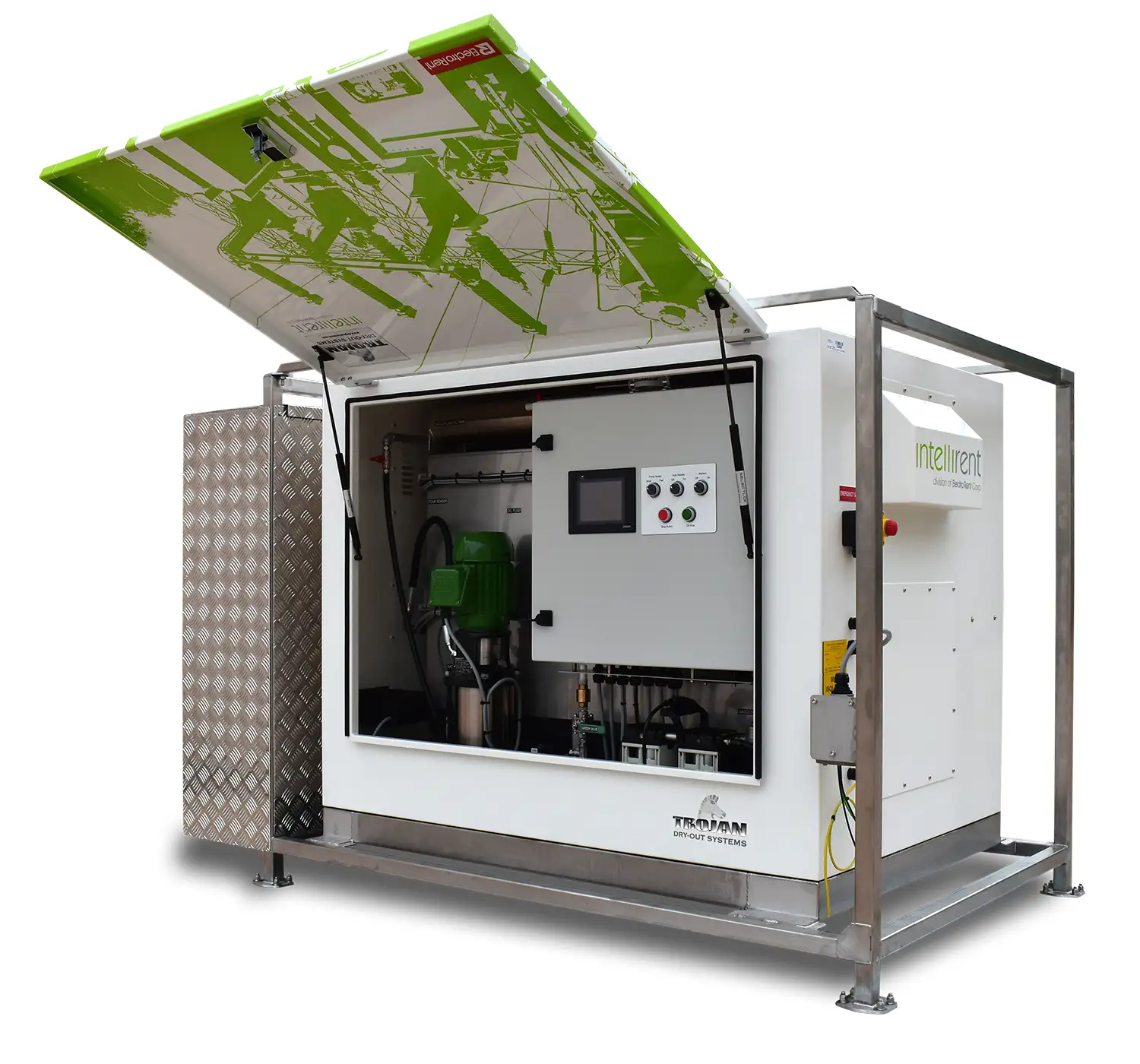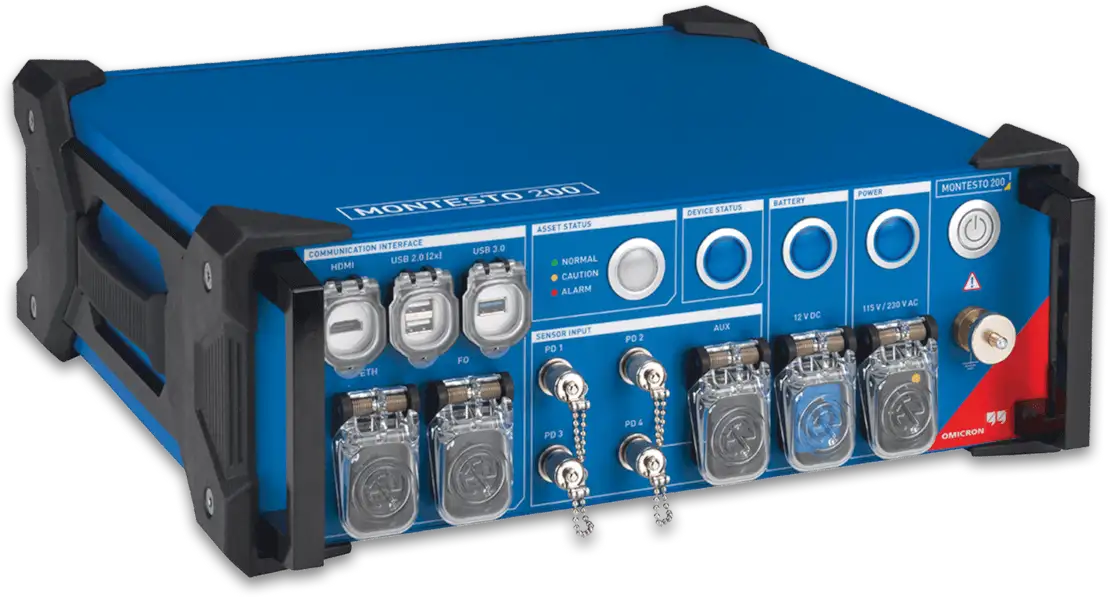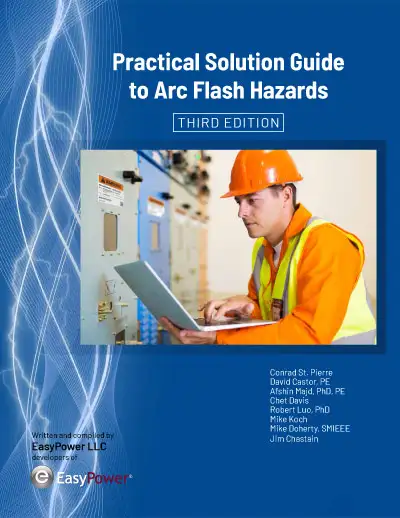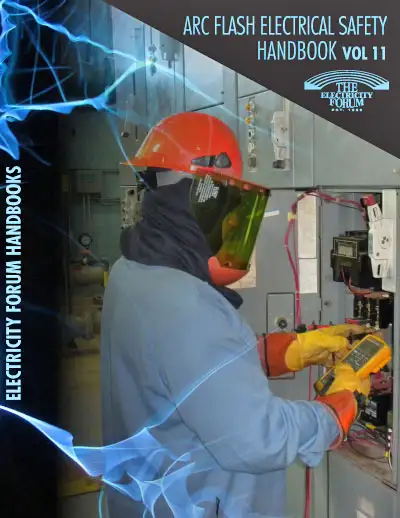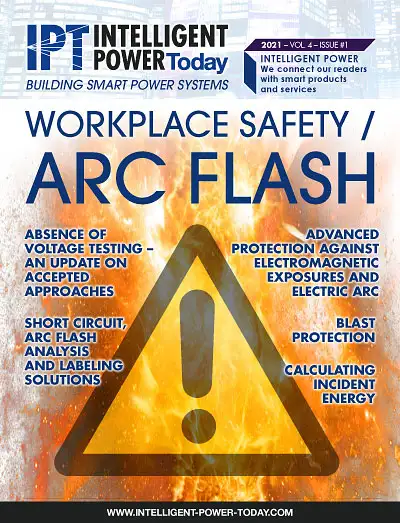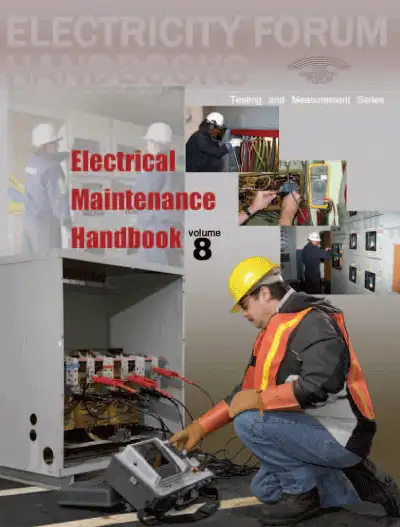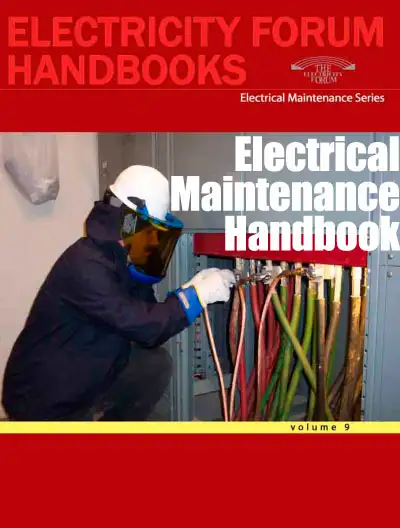Arc Flash Blast Explosion Explained
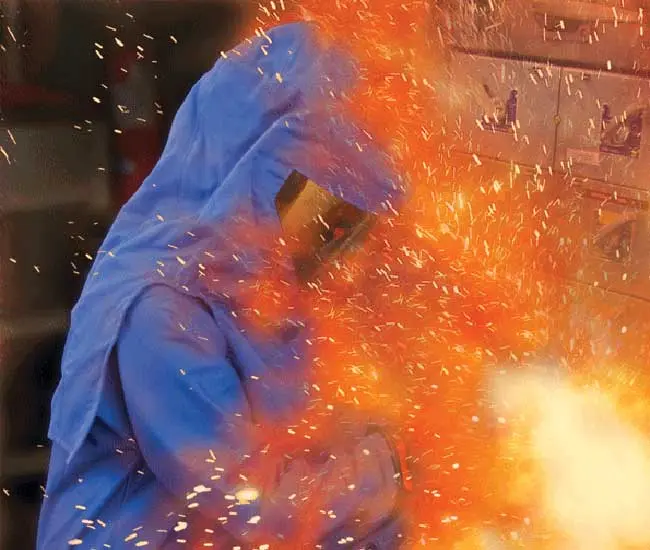
An arc flash blast explosion releases intense heat, pressure waves, and molten metal, causing severe burns, hearing damage, and equipment destruction. Proper NFPA 70E safety training and PPE help reduce these catastrophic hazards.
What is an Arc Flash Blast Explosion?
An arc flash blast explosion occurs when an electrical fault creates an intense energy release, combining extreme heat, pressure, and sound.
✅ Generates temperatures hotter than the sun, vaporizing conductors instantly
✅ Produces a pressure wave that can throw workers and damage equipment
✅ Creates deafening noise levels and molten shrapnel, requiring PPE and controls
An arc flash blast explosion is one of the most dangerous incidents that can occur in electrical systems. These events can cause severe injuries, significant property damage, and even fatalities. This article explores the causes, hazards, contributing factors, boundaries, and effects of explosions, emphasizing the importance of electrical safety and the use of personal protective equipment (PPE). To understand the broader hazards of electrical explosions, see our Arc Flash overview, which explains causes, effects, and safety standards.
Request a Free Training Quotation
Ensuring Electrical Safety
To protect against the hazards of arc flash blast explosions, it is essential to implement comprehensive electrical safety measures. This includes conducting regular risk assessments, maintaining electrical equipment, and installing protective devices to minimize the risk of faults. Providing thorough training for all personnel, especially those working with high voltages, is crucial. NFPA 70E training is designed to educate workers about safe work practices, the importance of PPE, and the requirements for electrical safety in the workplace. To comprehend the safety parameters related to electrical explosions, see our Arc Flash Boundary article.
The Role of PPE
Using the appropriate level of personal protective equipment (PPE) is vital for protecting workers from the severe effects of incident energy incidents. Arc-rated PPE, including flame-resistant clothing, face shields, gloves, and hearing protection, helps mitigate the risks associated with thermal energy, pressure waves, and molten metals. Ensuring that workers are equipped with the correct PPE and understand how to use it properly is a key component of an effective electrical safety program. Wearing the proper 40 Cal Arc Flash Suit is critical when working in environments where incident energy levels are extreme.
Explosions pose significant risks to electrical workers and require stringent safety measures to prevent and mitigate their effects. Understanding the causes, hazards, and necessary safety protocols, including the use of PPE and adherence to NFPA 70E standards, is essential for maintaining a safe work environment. By prioritizing electrical safety and proper training, organizations can protect their workers from the devastating consequences of electrical fault incidents.
Frequently Asked Questions
What is the Leading Cause of Arc Flash Blast Explosion?
The leading cause is an arc fault. An arc fault occurs when an electrical current travels through an air gap between conductors, resulting in a rapid release of energy. This can happen due to various reasons, including equipment failure, improper maintenance, or accidental contact with live parts. High voltages and faulty installations are common causes of arc flash incidents, leading to these catastrophic explosions. Employers must follow OSHA regulations such as 29 CFR 1910.147 to control hazardous energy and reduce the risk of Electrical flashover accidents.
What are the Three Primary Hazards Associated with an explosion?
-
Thermal Energy: The intense heat generated by an arc flash can reach temperatures comparable to the surface of the sun, causing severe burns and igniting clothing and other flammable materials.
-
Pressure Wave: The explosion produces a powerful pressure wave that can hurl molten metals and debris at high speeds, causing blunt force injuries and penetrating trauma.
-
Molten Metals: The arc flash can vaporize metal components, creating molten metal droplets that can burn skin, damage eyes, and cause respiratory issues if inhaled.
What is the Biggest Factor that Contributes to the Severity of an Arc Flash Blast Explosion?
The level of electrical energy involved is the biggest factor contributing to the severity of an explosion. High voltages and large amounts of electrical current increase the energy release, resulting in more severe explosions. Additionally, the proximity of workers to the fault, the condition of the electrical equipment, and the presence of protective devices play crucial roles in determining the explosion's impact. Many serious incidents result from mistakes during assessments—learn how to avoid them in our guide on the 10 Most Common Errors in Arc Flash Analysis.
What are the 3 Boundaries for Arc Flash Blast Explosion?
-
Limited Approach Boundary: This is the minimum safe distance for unqualified personnel from exposed live parts. Crossing this boundary requires specific training and safety measures.
-
Restricted Approach Boundary: This boundary is closer to the live parts and requires qualified personnel to use proper PPE and follow safe work practices to enter.
-
Arc Flash Boundary: This is the distance from the source of the electrical flashover within which a person could receive a second-degree burn. It is determined by calculating the incident energy level in calories per square centimetre (cal/cm²). A 480V Arc Flash can generate explosive energy capable of destroying equipment and causing life-threatening injuries.
What are 4 Damaging Effects of an Arc Flash Blast Explosion?
-
Severe Burns: The thermal energy from an electrical arc fault can cause third-degree burns in an instant, leading to permanent tissue damage and long recovery periods.
-
Hearing Damage: The pressure wave generated by the explosion can produce sound levels exceeding 140 decibels, leading to hearing loss or damage to the eardrums.
-
Eye Injuries: The intense light and molten metals can cause serious eye injuries, including blindness, if proper eye protection is not worn.
-
Respiratory Issues: Inhalation of vaporized metals and toxic fumes produced during the explosion can cause severe respiratory problems and long-term health issues.
Related Articles
On-Site Training
Interested in cost effective, professional on-site electrical training?
We can present an Electrical Training Course to your electrical engineering and maintenance staff, on your premises, tailored to your specific equipment and requirements. Click on the link below to request a Free quotation.
EF PARTNER MEDIA
Product Showcases
Shared Media



